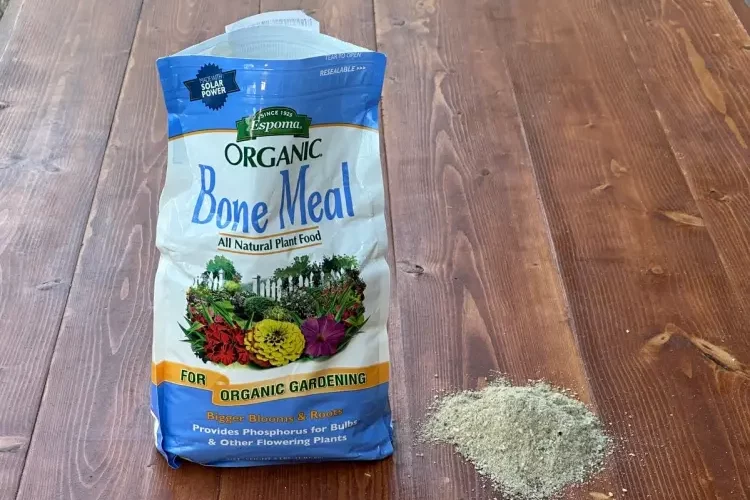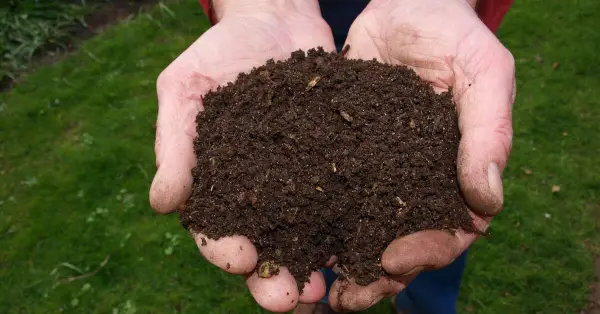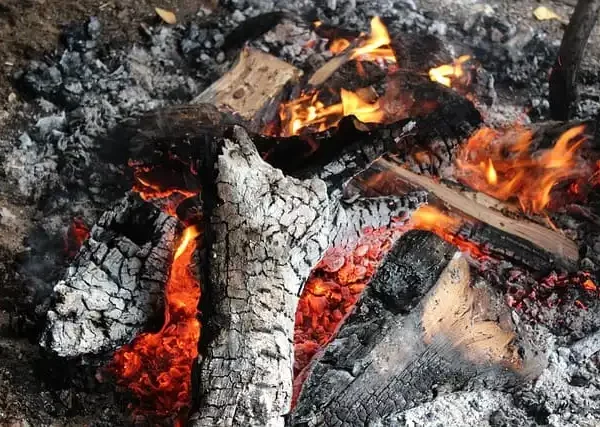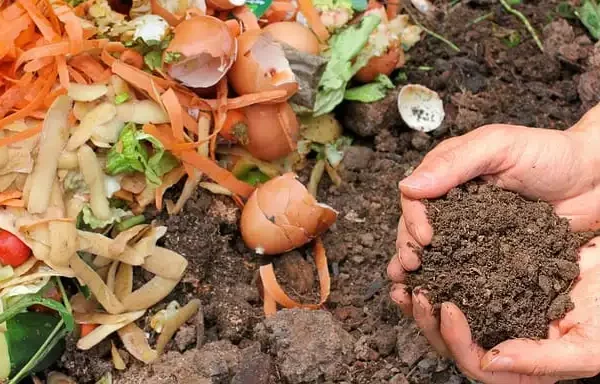Introduction to Bone Meal
Bone meal, a natural fertilizer derived from animal bones, is a popular choice among gardeners for its rich source of phosphorus and calcium, essential nutrients for plant growth and development. This comprehensive guide aims to explore the uses, benefits, and application methods of bone meal in gardening, drawing upon insights from government agencies, horticultural bodies, and academic experts.
Understanding Bone Meal Composition
Bone meal is primarily composed of finely ground animal bones, typically sourced from cattle or other livestock. During processing, bones are crushed and heated to remove fat and gelatin, resulting in a nutrient-rich powder. The main components of bone meal include phosphorus, calcium, and trace amounts of nitrogen and other minerals.
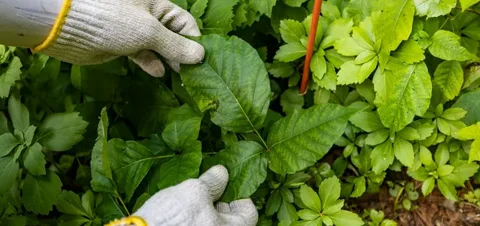
Benefits of Using Bone Meal in Gardening
Phosphorus-Rich Fertilization
Bone meal is prized for its high phosphorus content, which promotes healthy root development, flowering, and fruiting in plants. Phosphorus is essential for energy transfer, photosynthesis, and overall plant vitality.
Calcium Supplementation
In addition to phosphorus, bone meal provides a valuable source of calcium, which is vital for cell wall structure, disease resistance, and fruit quality. Calcium deficiency can lead to disorders such as blossom end rot in tomatoes and peppers, making bone meal an important preventative measure.
Slow-Release Nutrients
Unlike synthetic fertilizers, bone meal releases nutrients slowly over time, providing a steady and long-lasting supply of phosphorus and calcium to plants. This gradual nutrient release reduces the risk of nutrient leaching and helps maintain soil fertility.
Application Methods and Considerations
Incorporation into Soil
Bone meal can be mixed into the soil before planting or applied as a top dressing around established plants. Incorporate bone meal into the soil at a rate recommended by soil test results or gardening guidelines to ensure optimal nutrient availability.
Container Gardening
When gardening in containers, incorporate bone meal into potting mixes to provide essential nutrients for container-grown plants. Adjust application rates based on container size and plant requirements to prevent nutrient imbalances.
Vegetable Gardens and Flower Beds
Apply bone meal to vegetable gardens and flower beds before planting to promote strong root development and robust flowering. Incorporate bone meal into the soil to a depth of several inches for maximum root access to nutrients.
Safety and Environmental Considerations
Animal Welfare and Sustainability
Choose bone meal sourced from reputable suppliers committed to ethical and sustainable practices in animal husbandry and processing. Look for organic or certified products that prioritize animal welfare and environmental responsibility.
Avoid Overapplication
While bone meal provides valuable nutrients, excessive use can lead to nutrient imbalances and potential environmental pollution. Follow recommended application rates and soil testing guidelines to avoid overapplication and minimize environmental impact.
Conclusion
Bone meal offers gardeners a natural and effective means of supplying phosphorus and calcium to plants, promoting healthy growth, and enhancing overall garden productivity. By understanding its composition, benefits, application methods, and safety considerations, gardeners can harness the power of bone meal to cultivate thriving gardens while minimizing environmental impact.
What is bone meal, and how is it made?
Bone meal is a natural fertilizer derived from animal bones, typically sourced from cattle or other livestock. During processing, bones are crushed and heated to remove fat and gelatin, resulting in a nutrient-rich powder.
What nutrients does bone meal provide to plants?
Bone meal is rich in phosphorus and calcium, essential nutrients for plant growth and development. Phosphorus promotes healthy root development and flowering, while calcium enhances cell wall structure, disease resistance, and fruit quality.
How does bone meal benefit plants in the garden?
Bone meal provides a slow-release source of phosphorus and calcium, supporting strong root growth, robust flowering, and improved fruit quality in plants. Its gradual nutrient release helps maintain soil fertility over time.
Can bone meal be used in organic gardening?
Yes, bone meal is commonly used in organic gardening as a natural source of phosphorus and calcium. Look for organic or certified bone meal products to ensure compliance with organic gardening standards.
How should I apply bone meal to my garden?
Bone meal can be incorporated into the soil before planting or applied as a top dressing around established plants. Follow recommended application rates based on soil test results or gardening guidelines for optimal nutrient availability.
Is bone meal suitable for container gardening?
Yes, bone meal can be incorporated into potting mixes for container gardening to provide essential nutrients for container-grown plants. Adjust application rates based on container size and plant requirements.
Are there any safety considerations when using bone meal in the garden?
Exercise caution to avoid overapplication of bone meal, as excessive use can lead to nutrient imbalances and potential environmental pollution. Follow recommended application rates and soil testing guidelines to minimize environmental impact.
Can bone meal attract pests or wildlife to the garden?
While bone meal itself is not typically attractive to pests or wildlife, it’s essential to store bone meal properly in sealed containers to prevent unwanted scavenging. Avoid leaving bone meal exposed in the garden.
Are there any alternatives to bone meal for phosphorus and calcium supplementation in the garden?
Yes, alternatives to bone meal include rock phosphate for phosphorus and limestone for calcium supplementation. Additionally, organic matter such as compost can help improve soil fertility and nutrient availability.
Where can I purchase bone meal for my garden?
Bone meal is available at garden centers, nurseries, and online retailers. Choose bone meal from reputable suppliers committed to ethical and sustainable practices in animal husbandry and processing.
- Explore THC Infused Drinks in New York - May 9, 2025
- The Latest in THC Seltzers Across Texas - May 9, 2025
- Top THC Infused Drinks Available in Oklahoma - May 9, 2025

